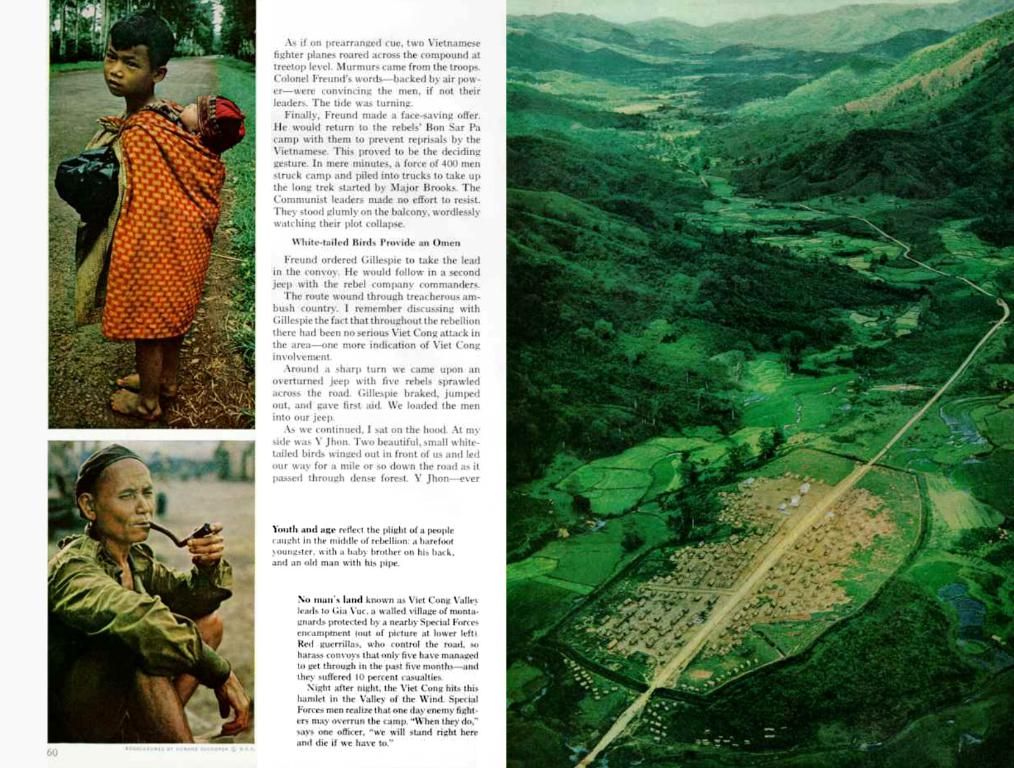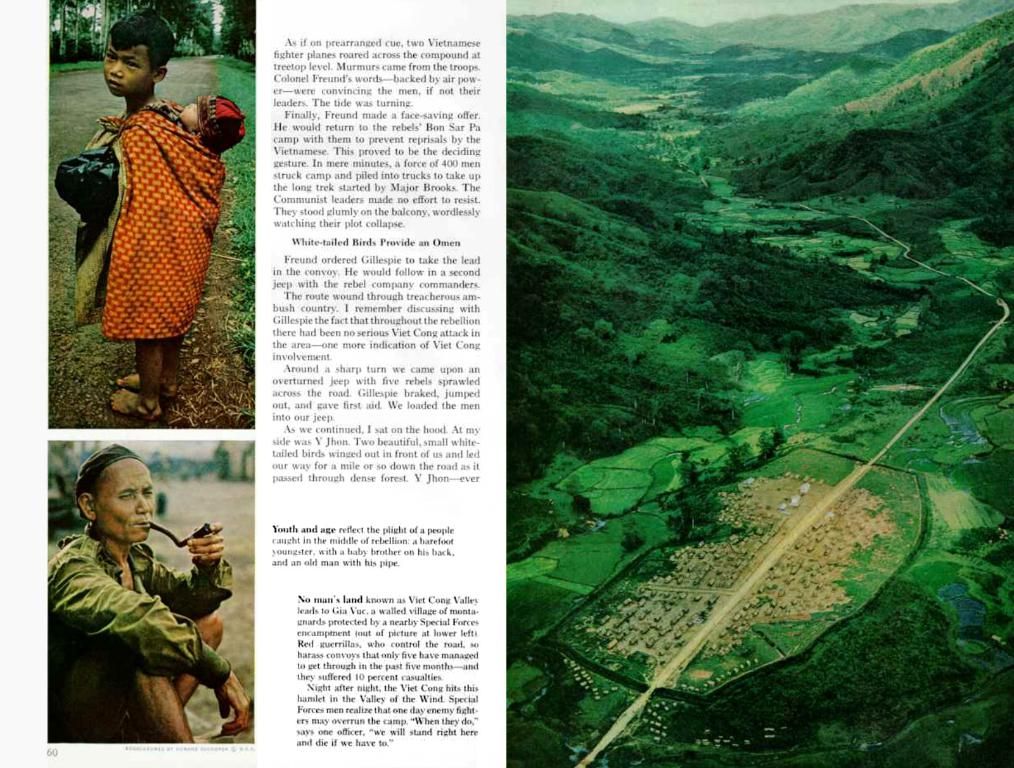Nailin' the Night Sky with Nikon Z6 II Astrophotography Settings
Quick Guide for Astrophotography Settings on Nikon Z6II
Get ready to take your astrophotography game to the next level with these tips for using your Nikon Z6 II! Here's a rundown of the settings you'll want to adjust for breathtaking night sky snaps.
Nikon Z6 II Astrophotography Settings
To capture those starry vistas, follow this quick guide for the best settings:
- Mode: Manual or Bulb
- Exposure Length: 15-30 seconds (extend with Bulb mode)
- Aperture: As wide as possible (F/1.8-F/2.8 ideal)
- ISO: 400-4000 (adjust based on ambient light and lens capabilities)
- File Format: RAW or RAW+JPEG
- White Balance: Auto or Daylight
- Manual Focus: On a star (zoom in for sharpness)
Details on those Settings:
Mode
- Choose Manual or Bulb mode for full control over exposure, aperture, and ISO.
- Bulb mode lets you use long exposures up to 900 seconds (with a star tracker) for deep-sky imaging.
Exposure Length
- A longer exposure is crucial, but don't go too long or stars will start to trail due to Earth's rotation.
- The 500 Rule (shutter speed = 500/focal length) is a starting point, but the NPF Rule (calculator below) provides a more accurate calculation for the Nikon Z6 II with various lenses.
Aperture
- Wide apertures let in more light, so use them to help your shot sparkle! Recommended apertures include:
- F/1.8 (great)
- F/2.8 (also good, just not as much light gathering power)
- Check out the best lenses for astrophotography to find lenses perfect for your shoot.
ISO
- Start with an ISO around 400, and adjust based on ambient light conditions and lens capabilities. You may need to go up to 4000, or even higher if you use a star tracker.
- Using high ISOs can be a handy trick for night vision, helping you compose the image before taking the shot.
File Format
- Choose RAW or RAW+JPEG for the most data and ultimate post-processing possibilities.
Focusing
- Turn off autofocus and switch to manual focus. Manually focus on a star by zooming in via live view.
Using a Delay Timer
- Unless you use an intervalometer or remote release, set a delay to avoid shaking the camera when you press the shutter release.
Saving Your Nikon Z6II Astrophotography Settings
- Save your preferred astrophotography settings to user modes (U1, U2, U3) on the camera for easy switching.
Gear and Accessories
Lens
- A short focal length (14mm-35mm) is ideal for capturing a wide expanse of the sky. Go for something around 14mm for optimal results.
- Wide apertures (f/2.8 or wider) are crucial for low-light performance—check out the best lenses for astrophotography for options.
Tripod
- A stable and sturdy tripod is essential for reduced shake and crisp images. Check out the best tripods for astrophotography for recommendations.
Intervalometer/Remote Release
- To avoid touching the camera and causing vibrations, consider using an intervalometer or remote release.
Additional Resources
- Derek Horlock: Nikon Z6 II Astrophotography Case Study
- Testing the Nikon Z6 for Astrophotography
- What's the Best Focal Length for Astrophotography?
- Free 500 Rule Calculator
- Free NPF Rule Calculator
- Landscape Astrophotography: 5 Steps to Beautiful Nightscapes
- Nikon Z6 II Online Manual
About the Author
- Anthony Robinson
- Bluesky
Anthony Robinson is the founder and owner of Skies & Scopes, a publication and community focused on amateur astronomy and astrophotography. His work has been featured in publications such as Amateur Astrophotography, Forbes, the Guardian, DIY Photography, PetaPixel, and Digital Camera World.
[1] Derek Horlock: Nikon Z6 II Astrophotography Case Study[2] Free NPF Rule Calculator[3] Landscape Astrophotography: 5 Steps to Beautiful Nightscapes[4] The Best Lenses for Astrophotography
- To ensure the best results in astrophotography, consider augmenting your Nikon Z6 II with suitable lenses, tripods, and accessories like an intervalometer to minimize vibrations.
- A lens with a short focal length, such as a 14mm, and wide aperture, such as F/1.8 or wider, will greatly aid in capturing starry vistas effectively.
- Technology, such as the 500 rule or the Nikon Specific (NPF) rule, can serve as handy references for determining exposure lengths, but always adjust settings according to ambient light conditions and lens capabilities.








